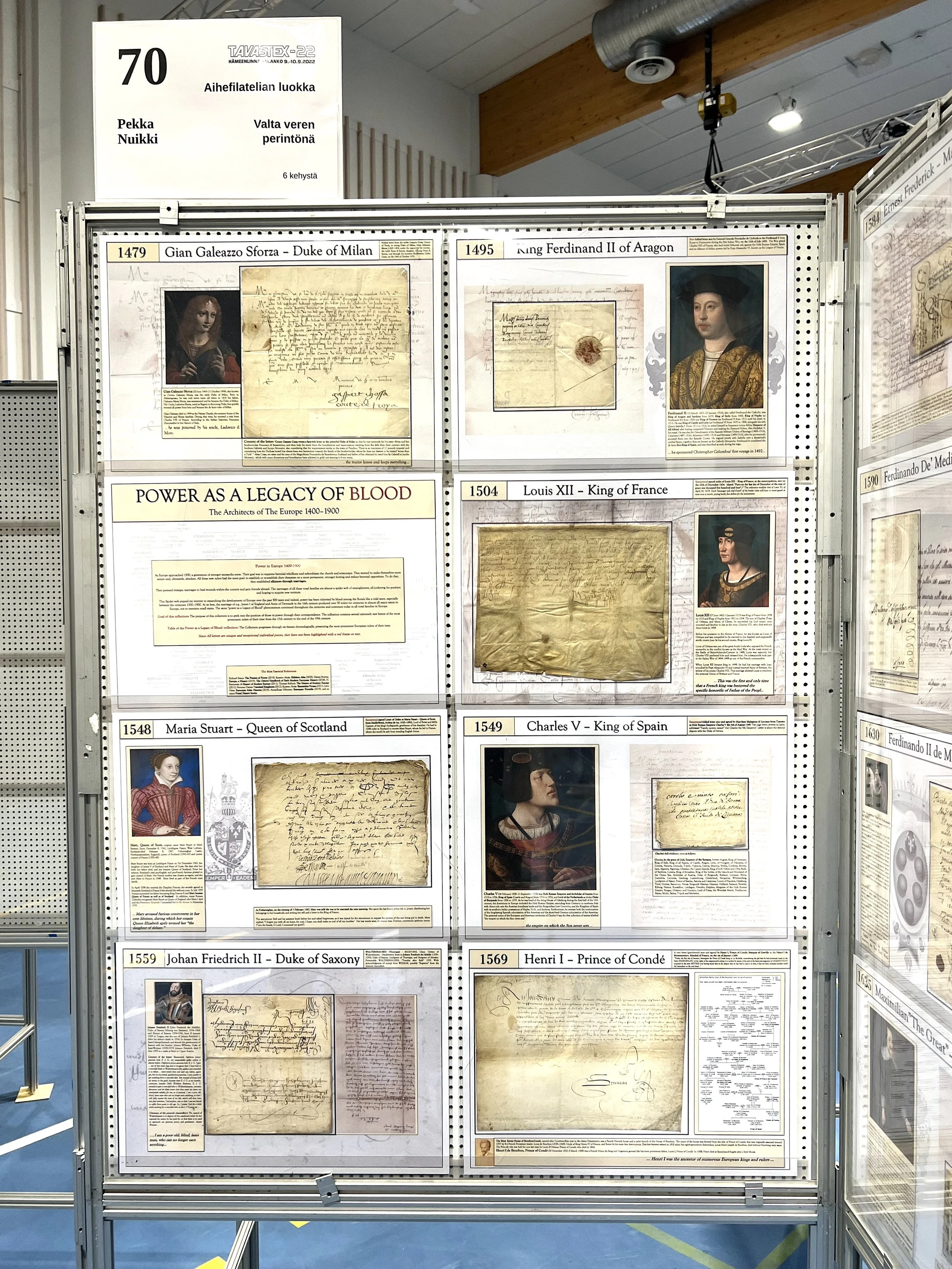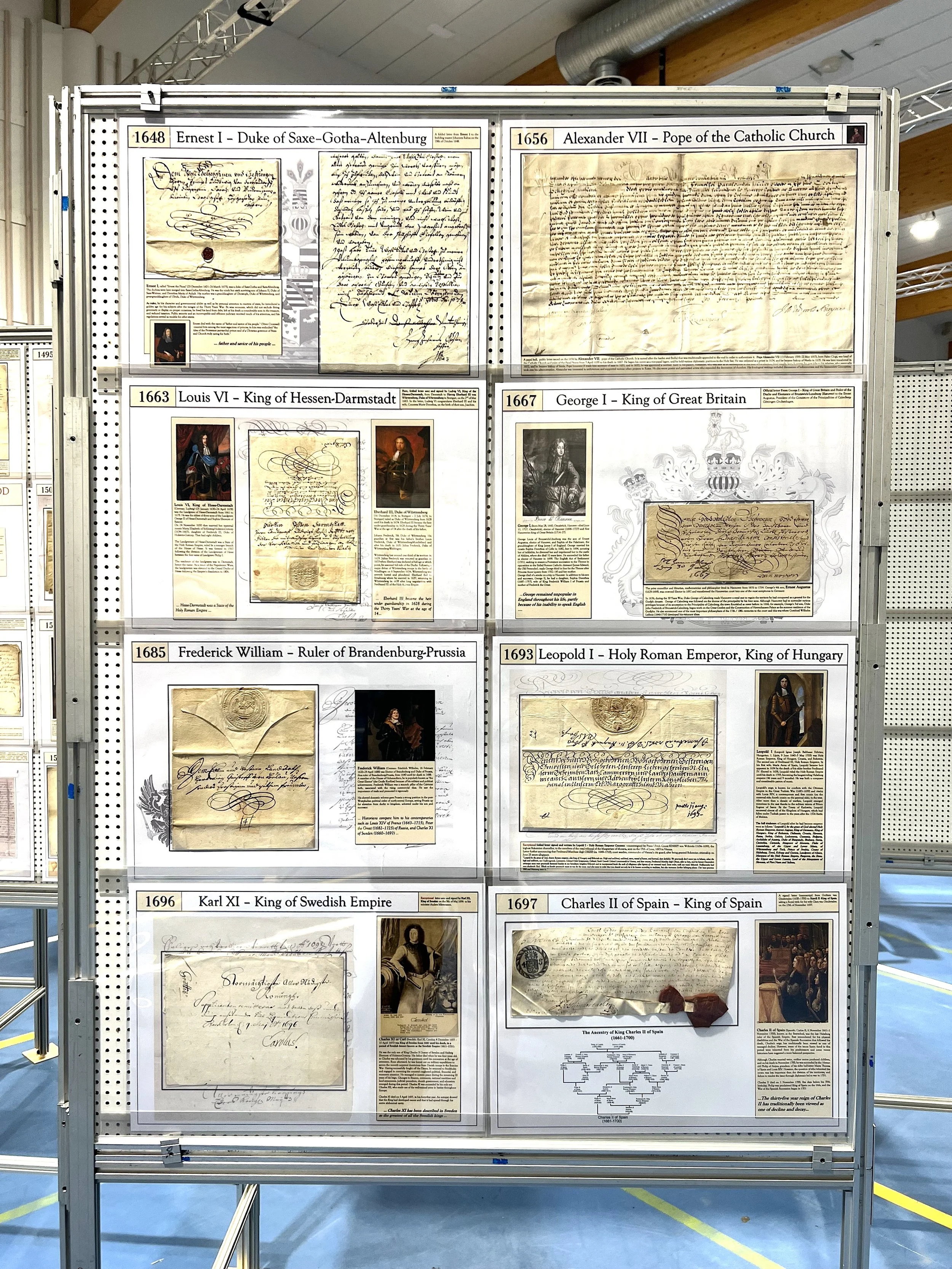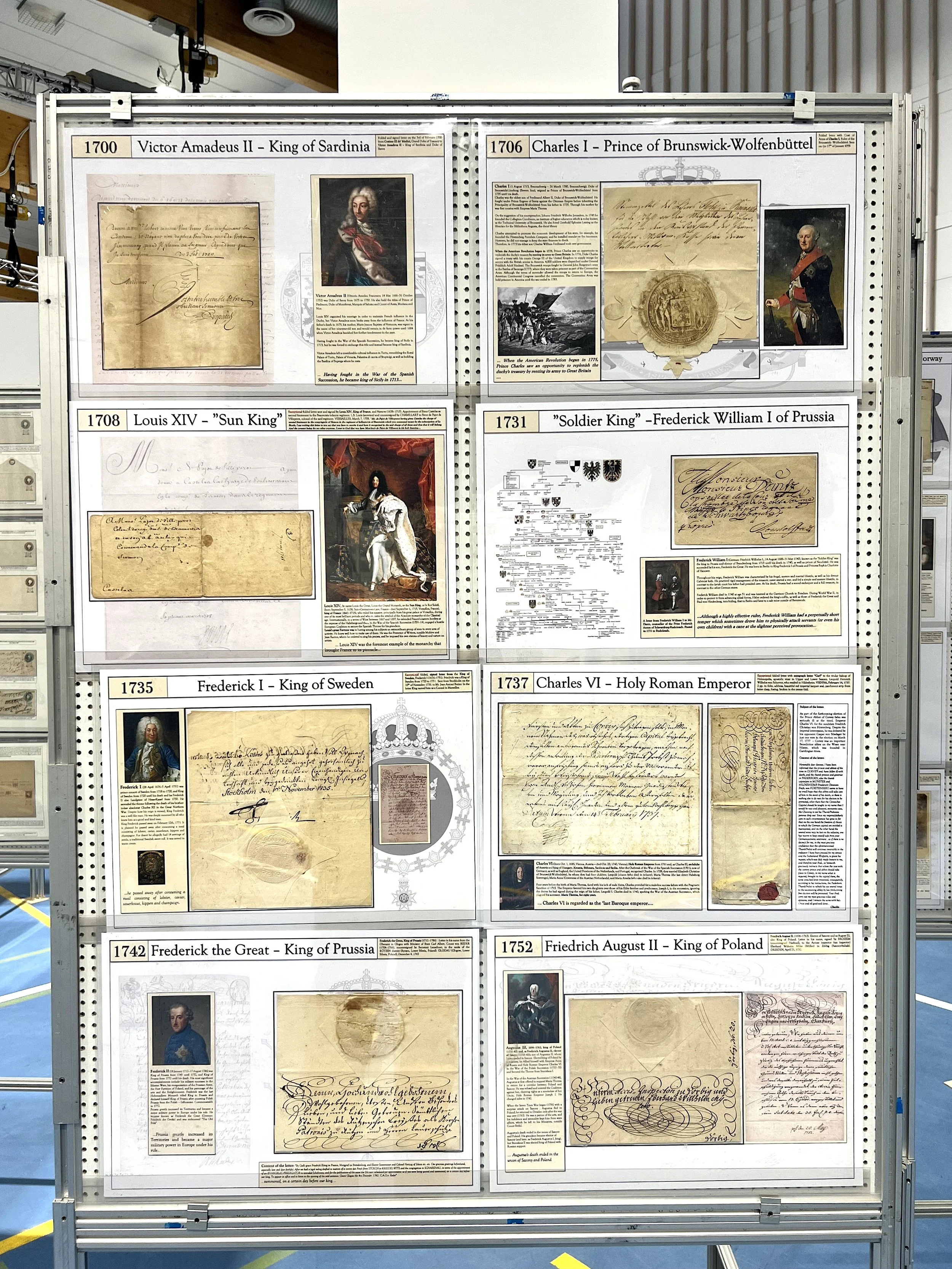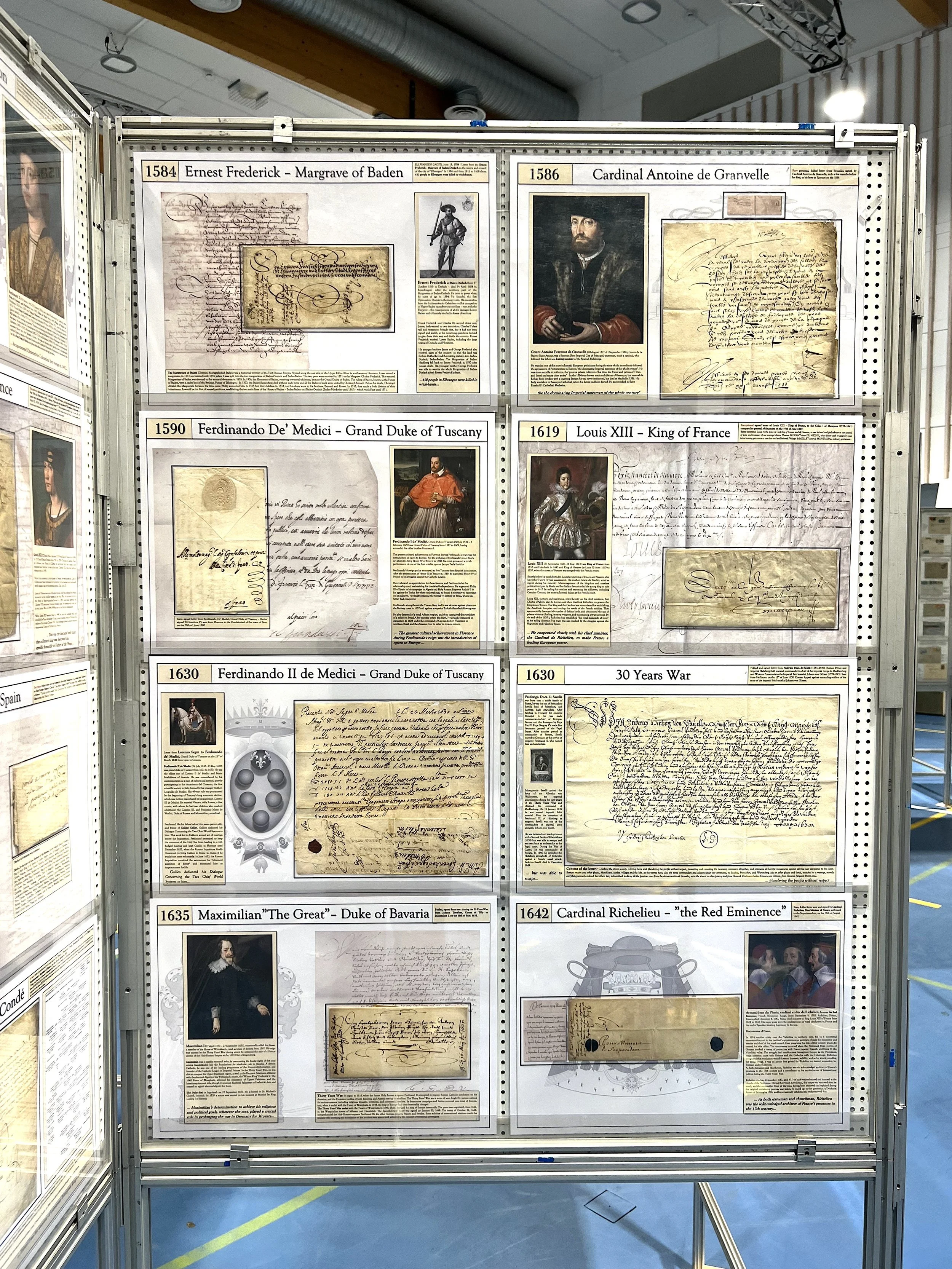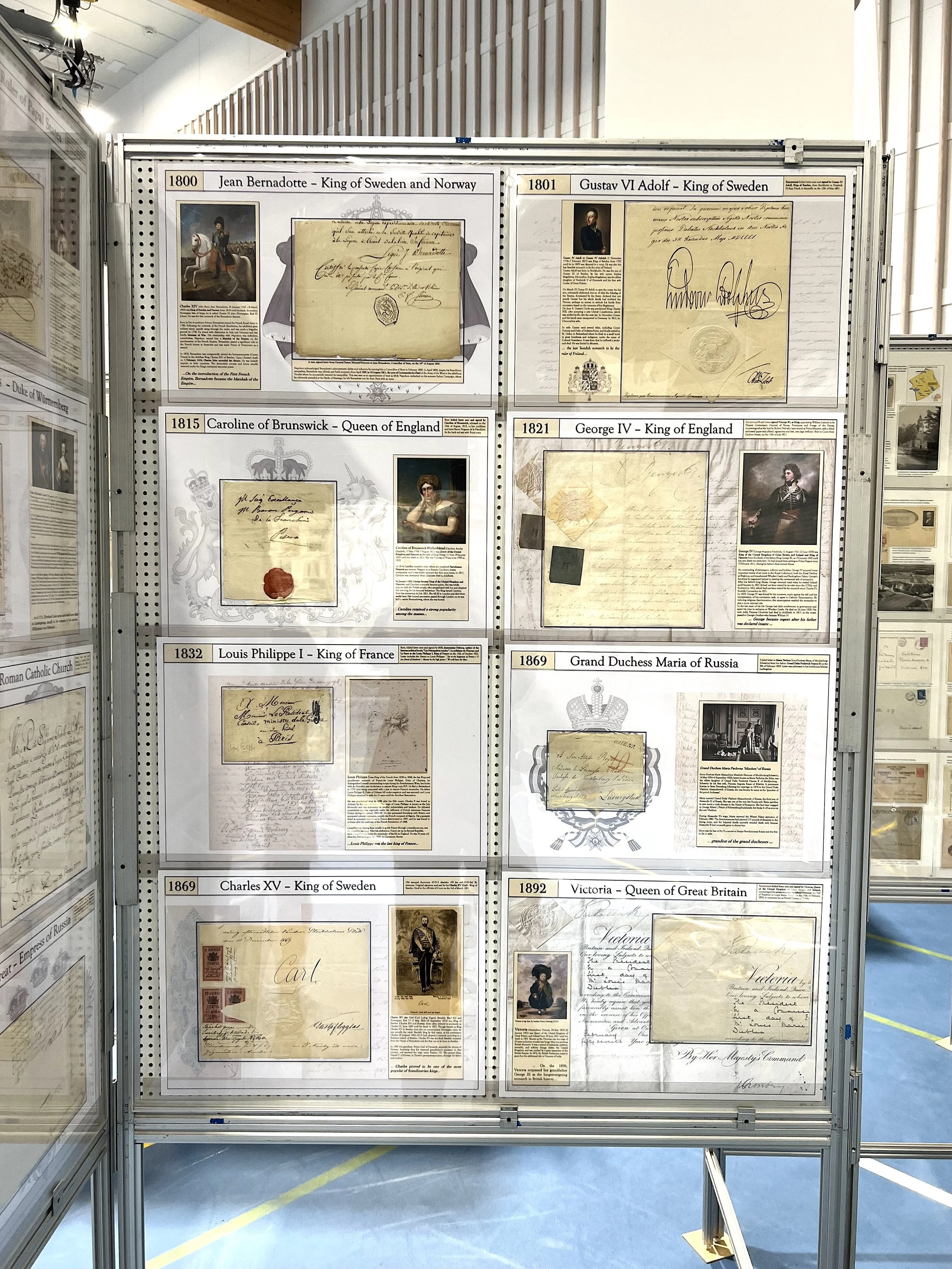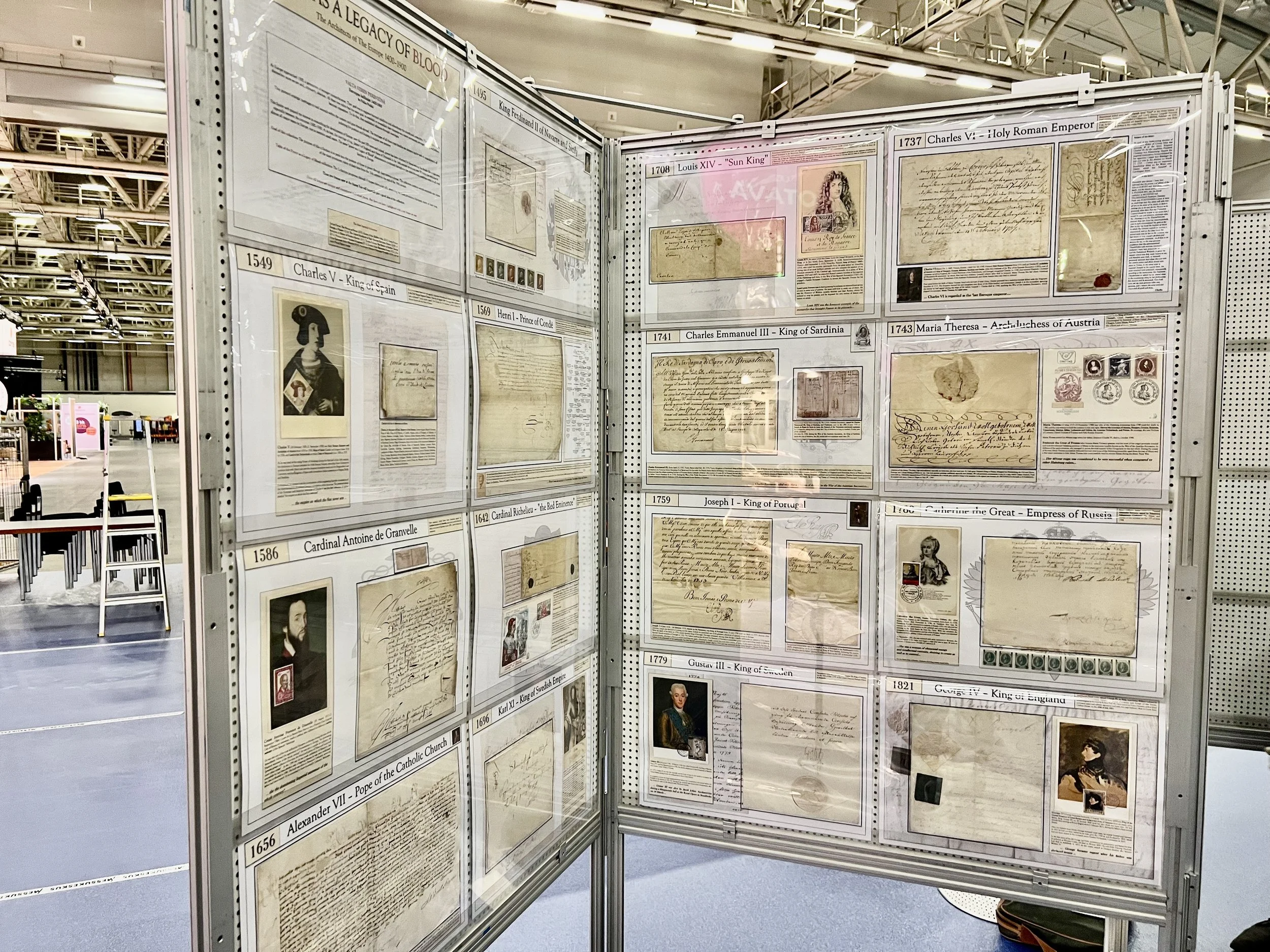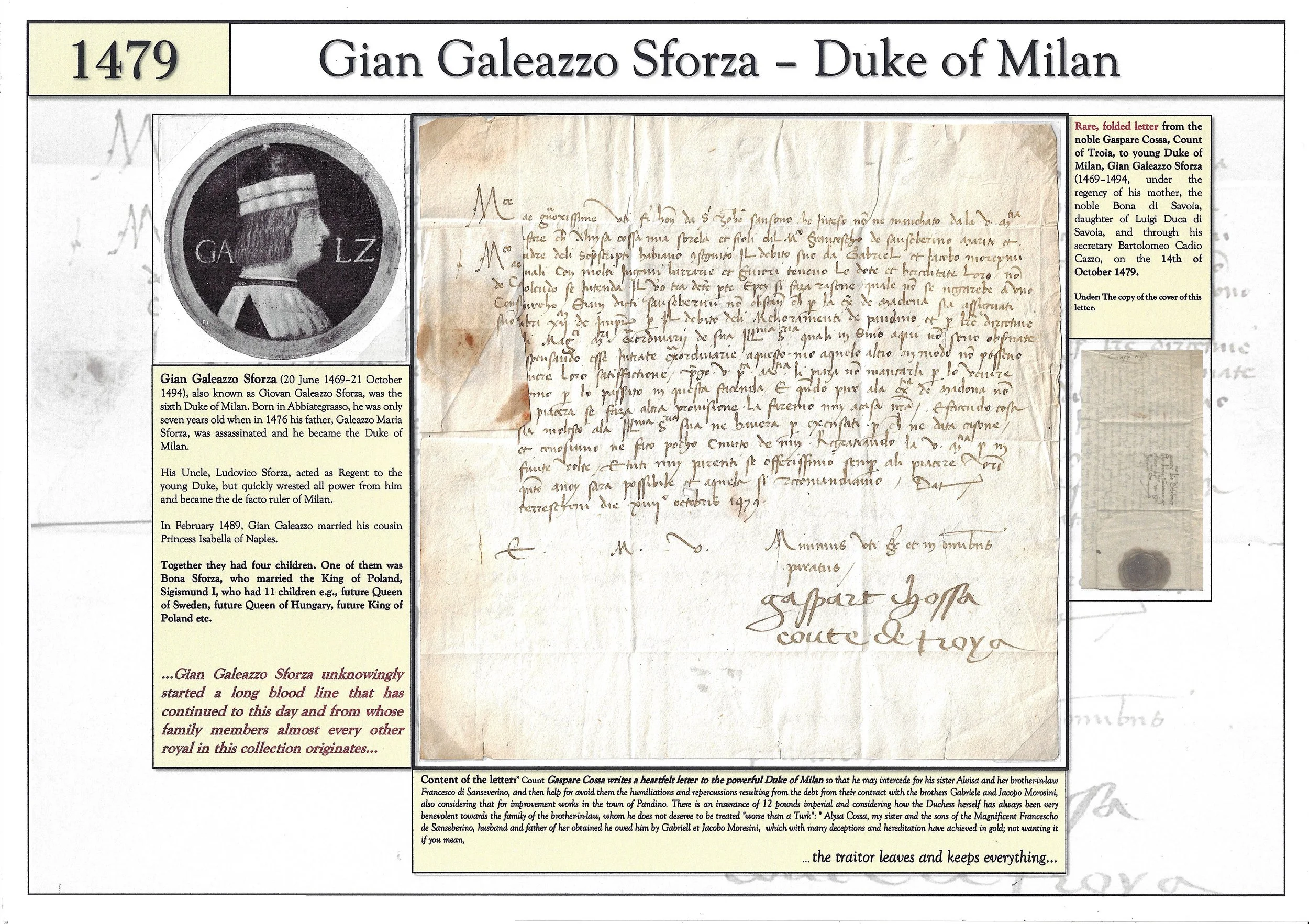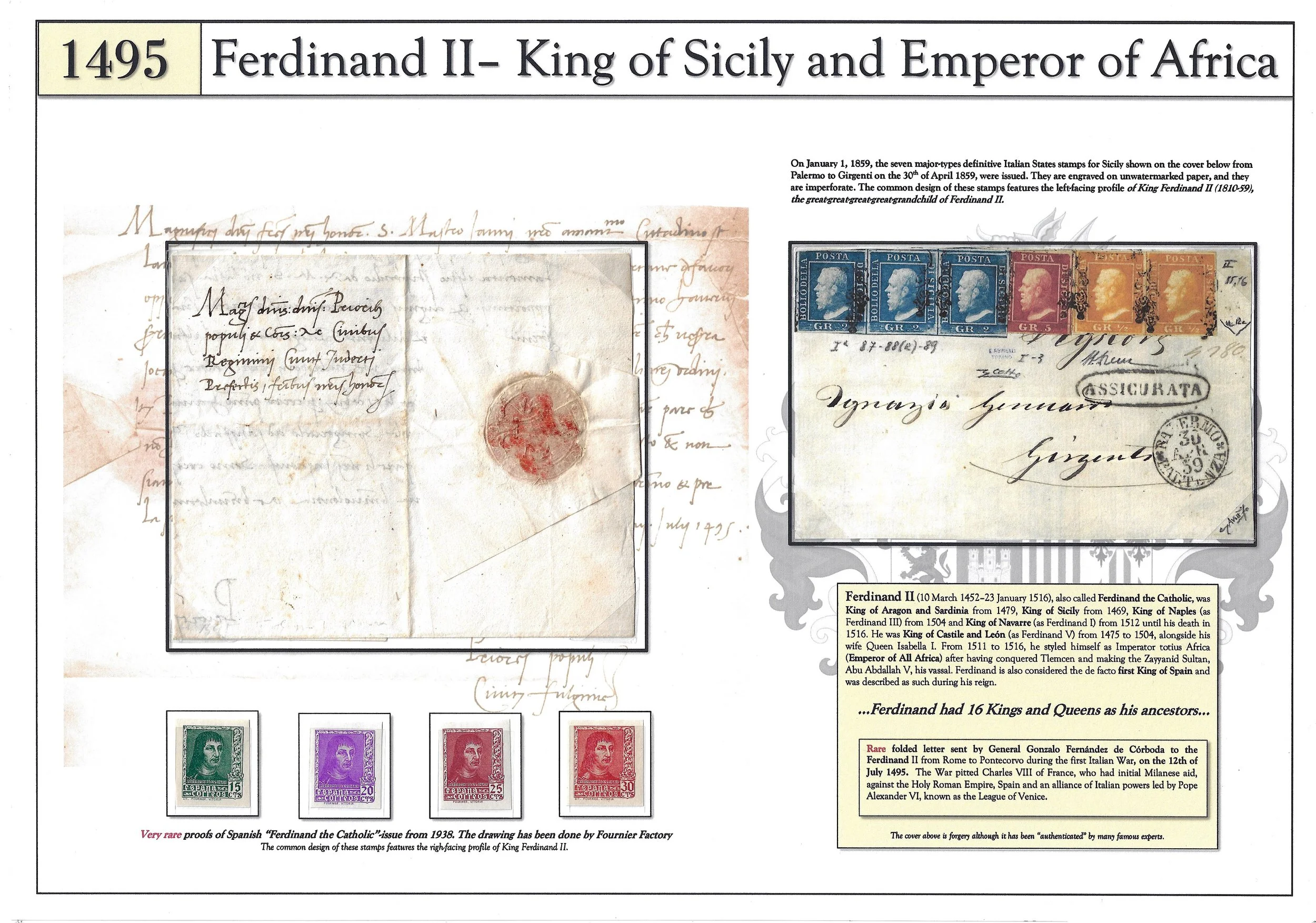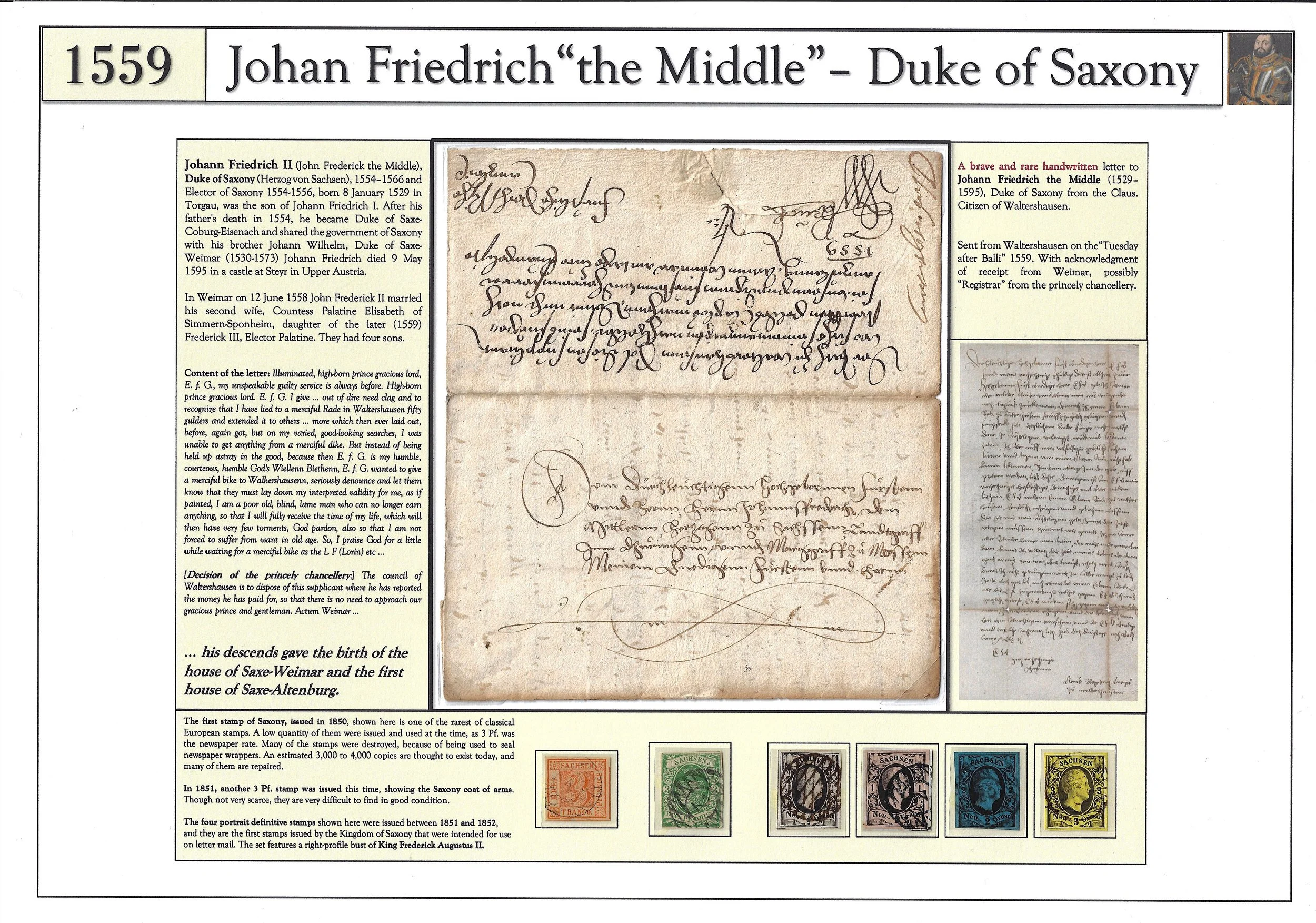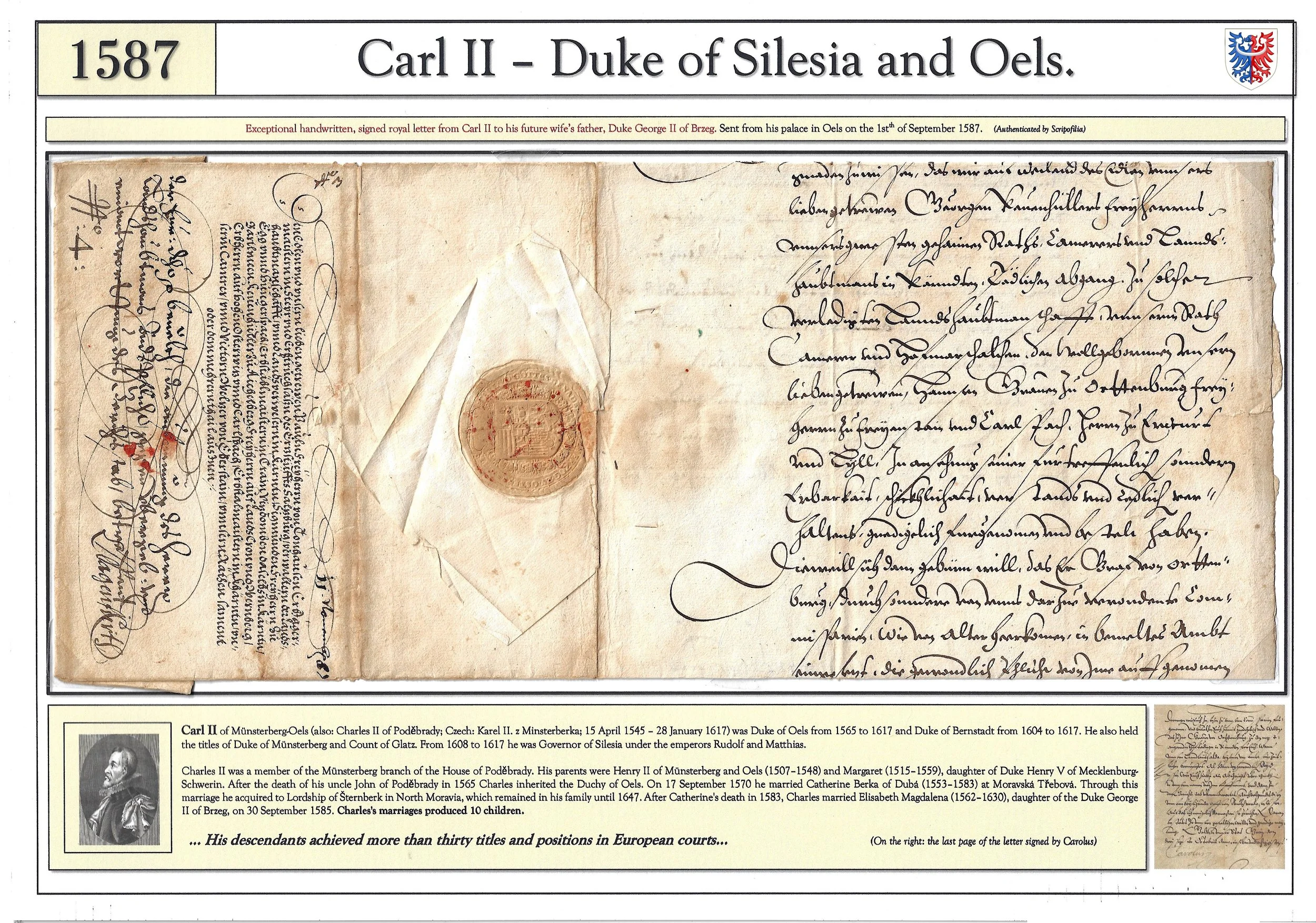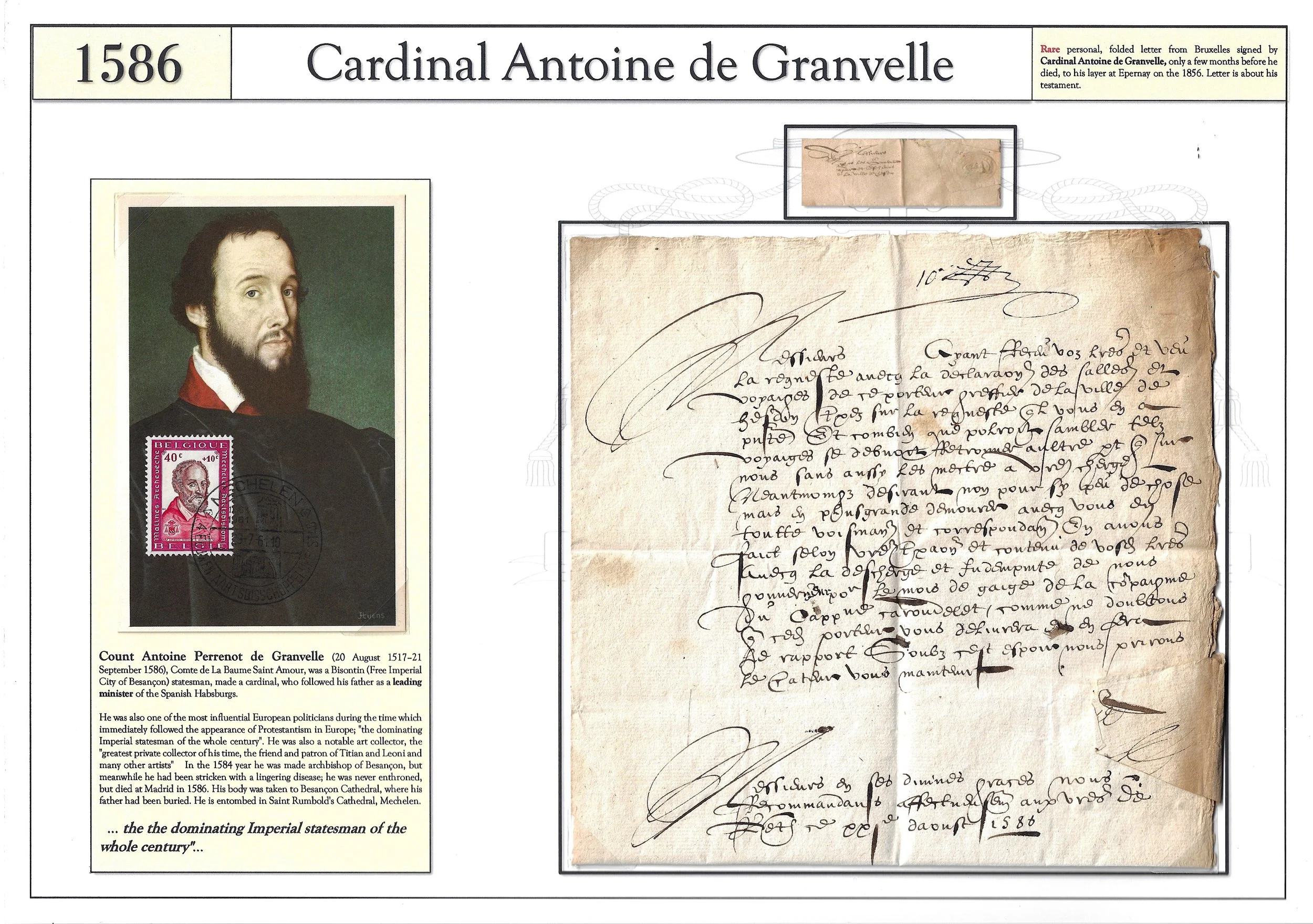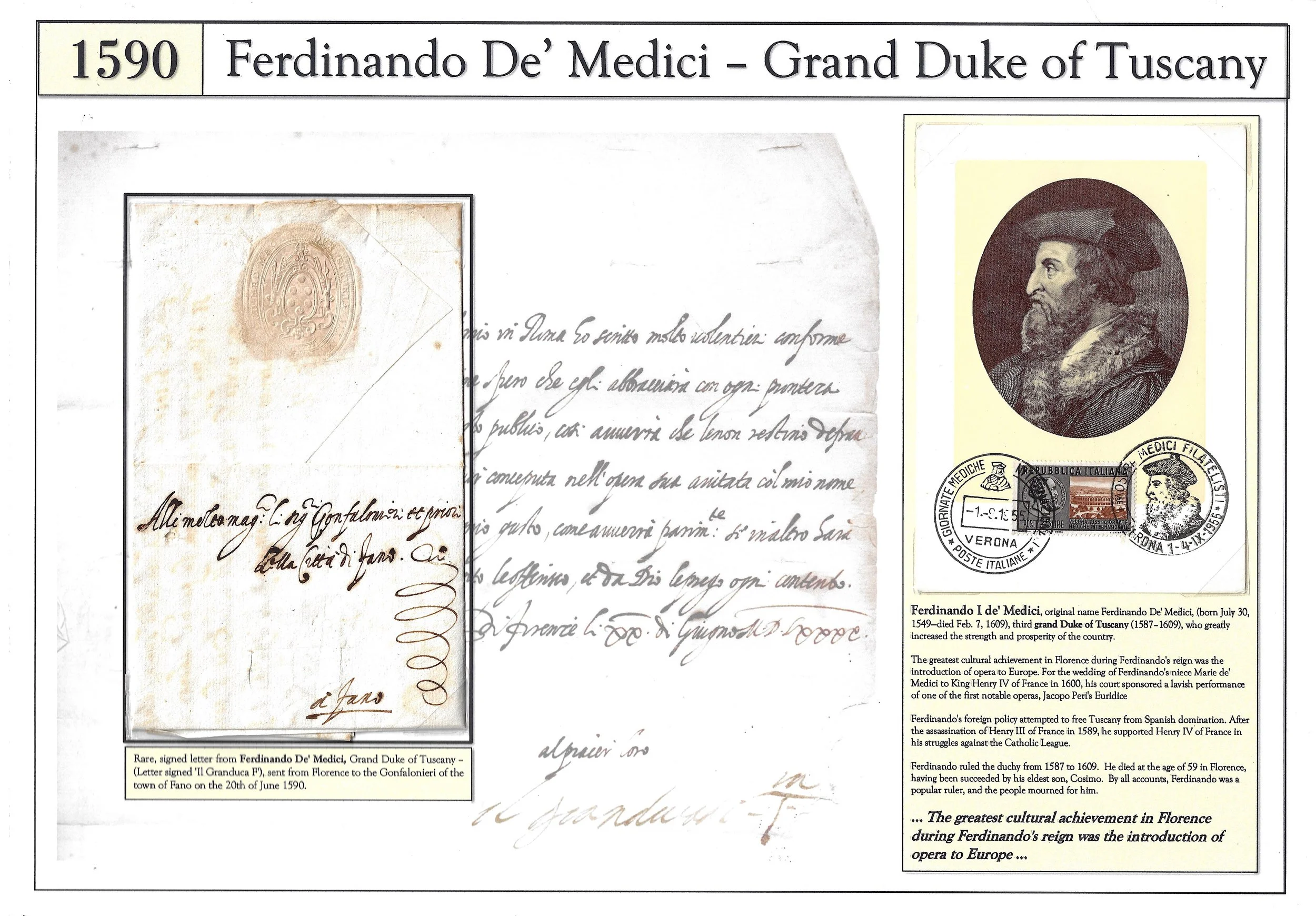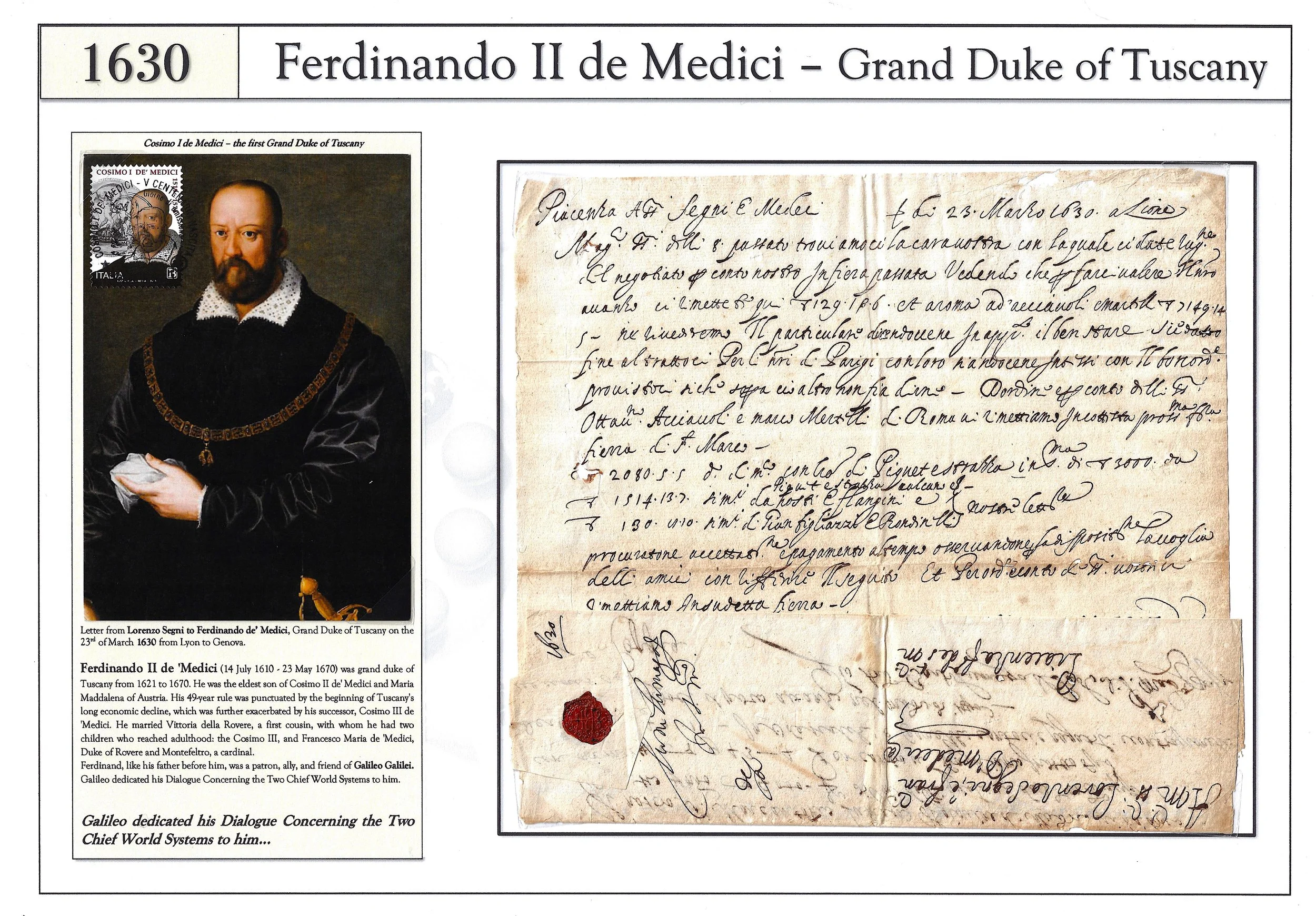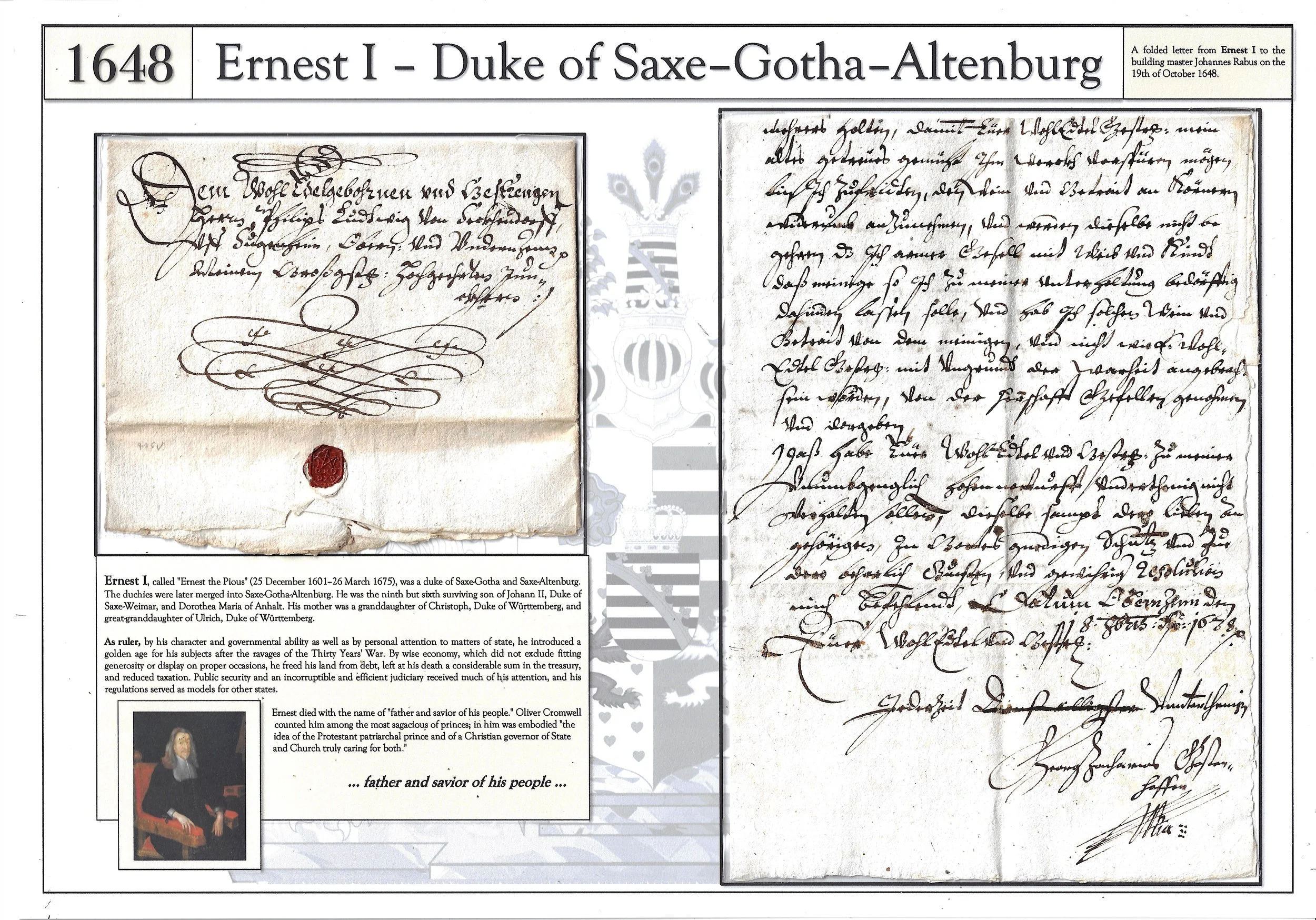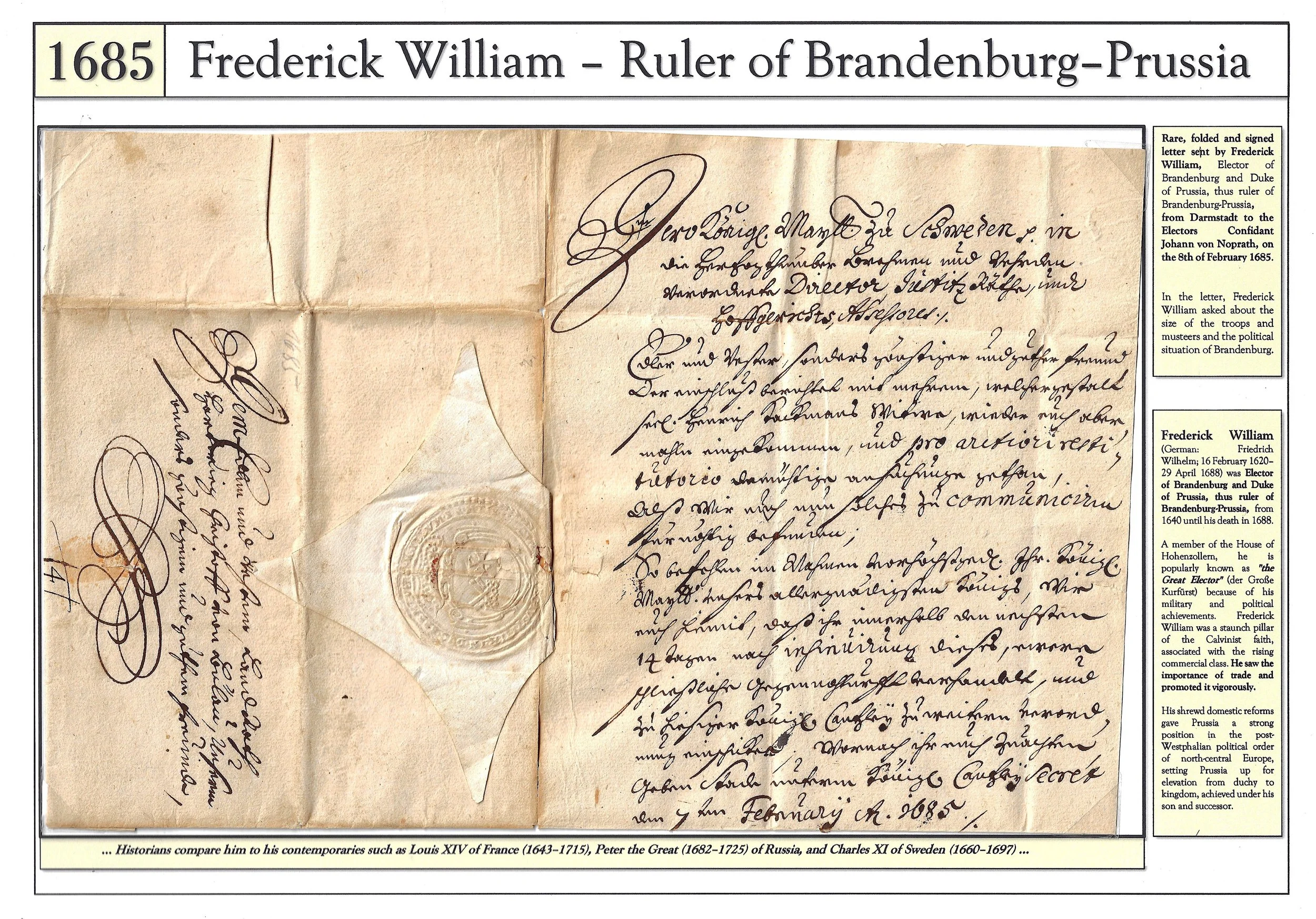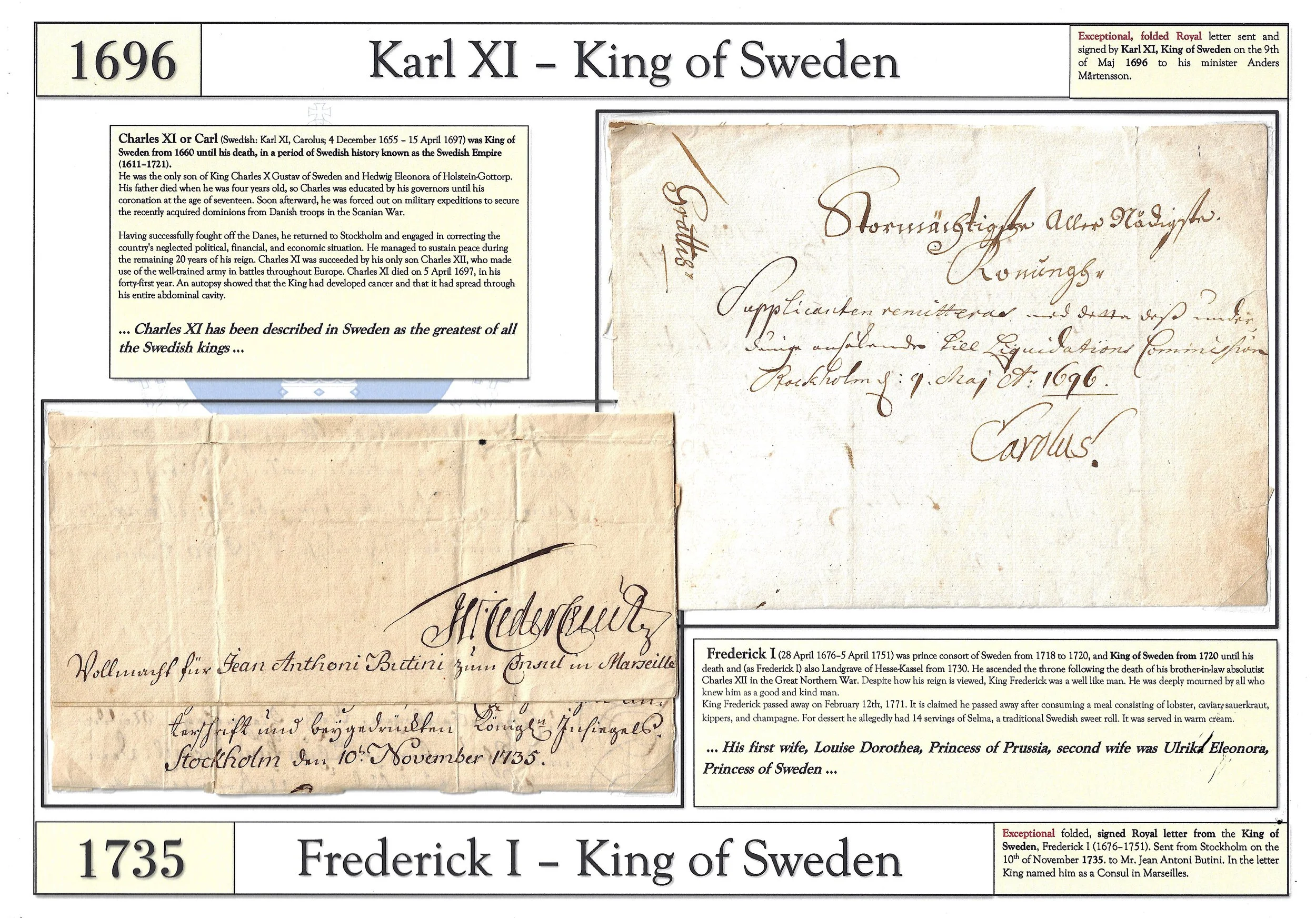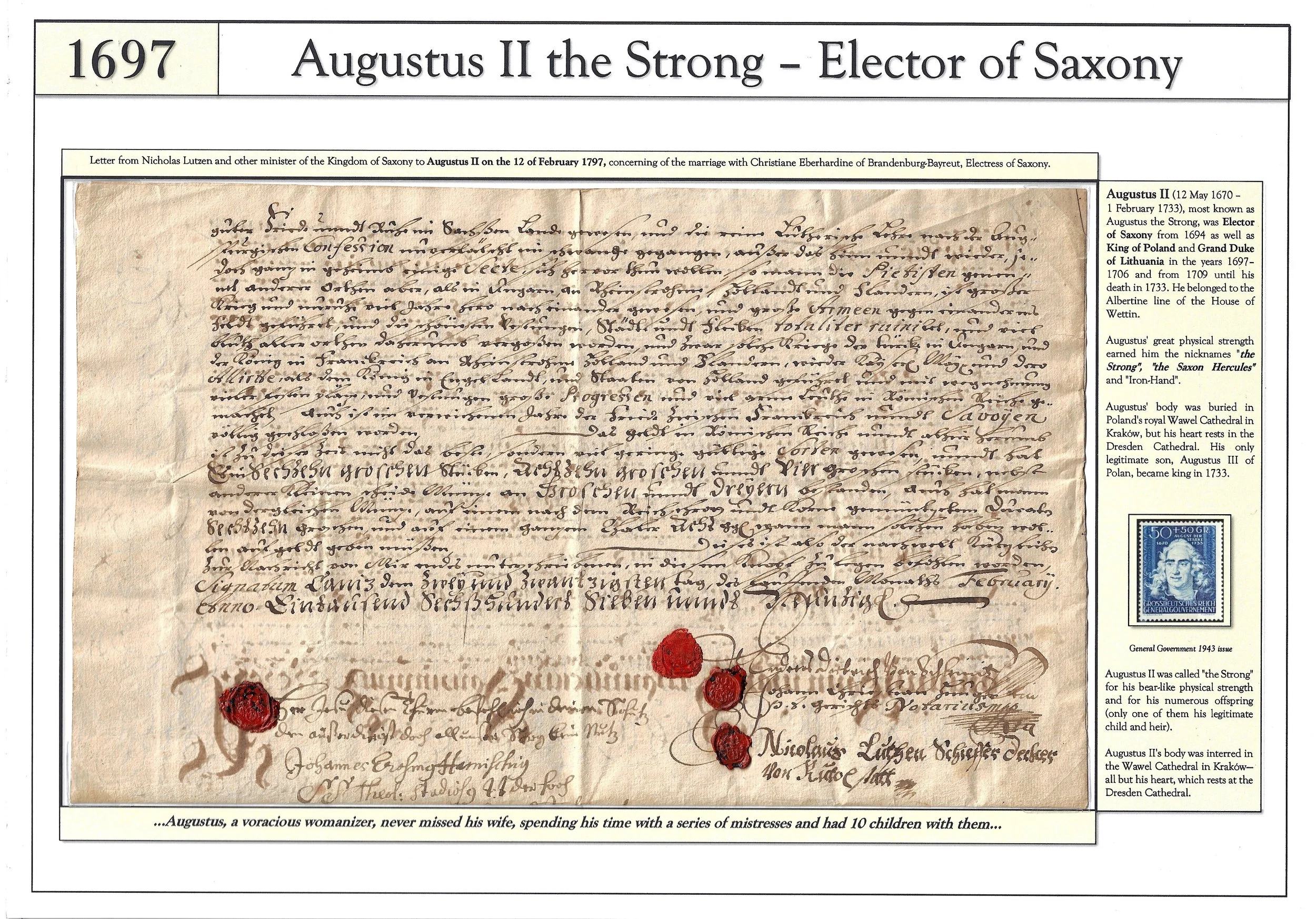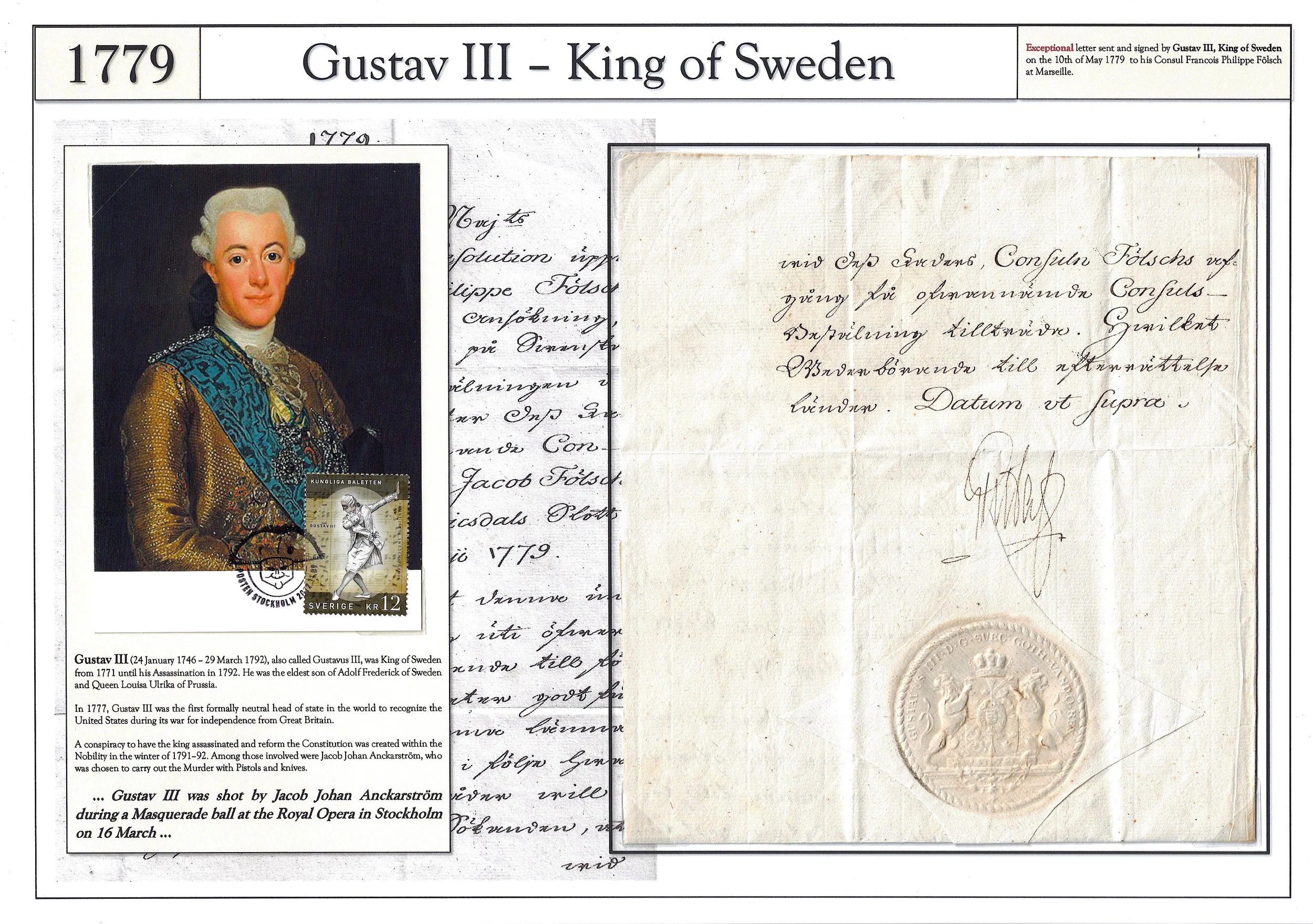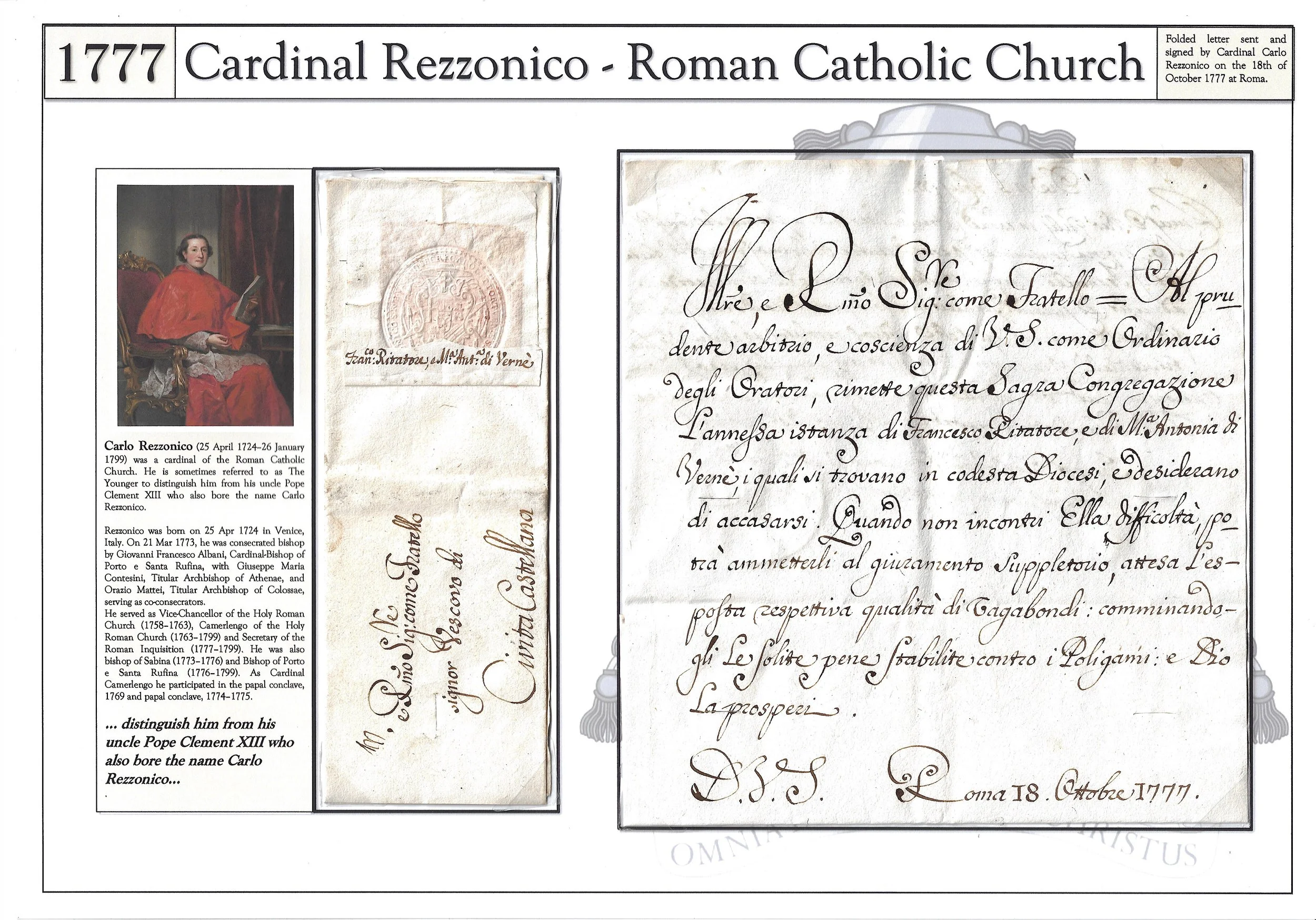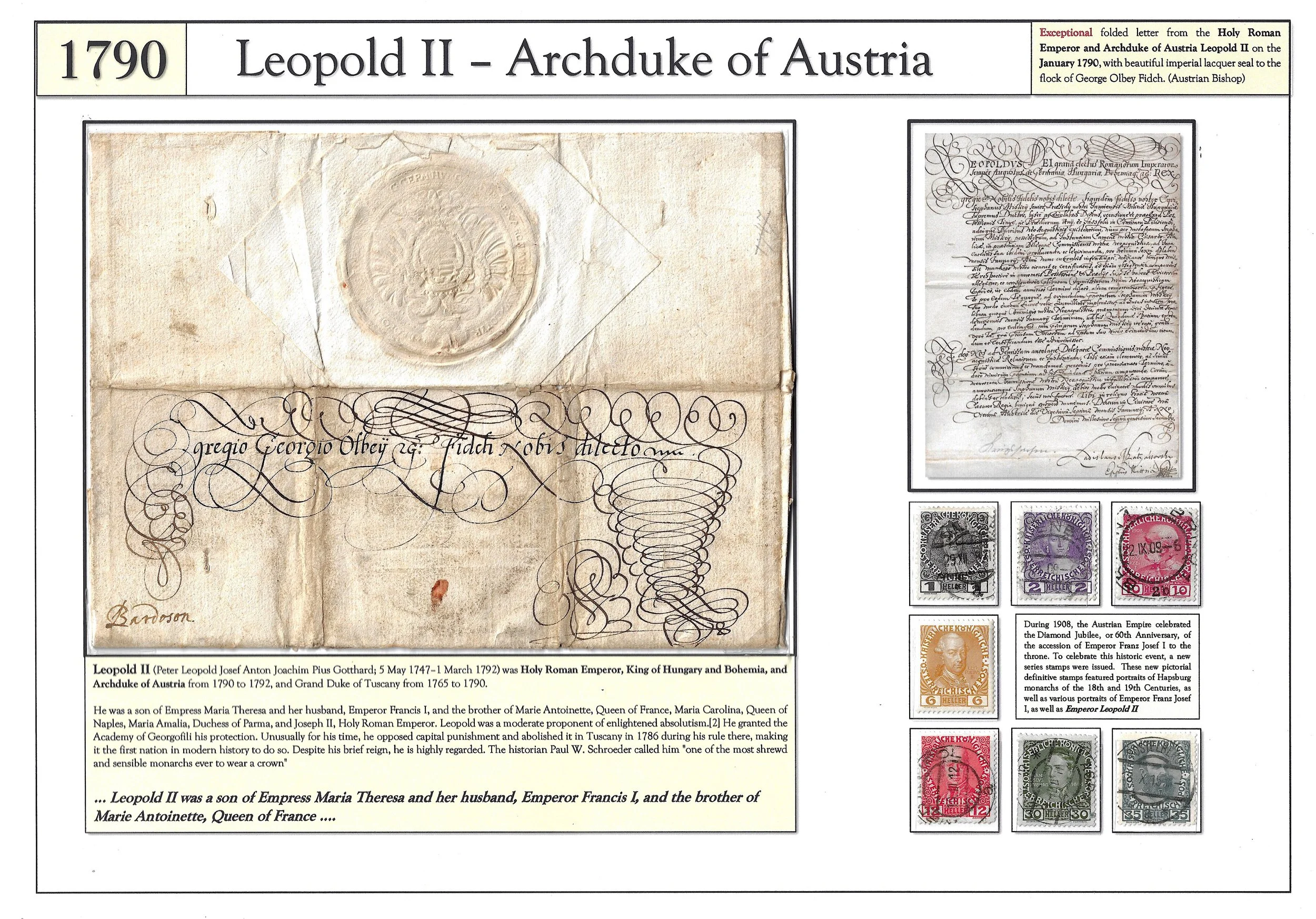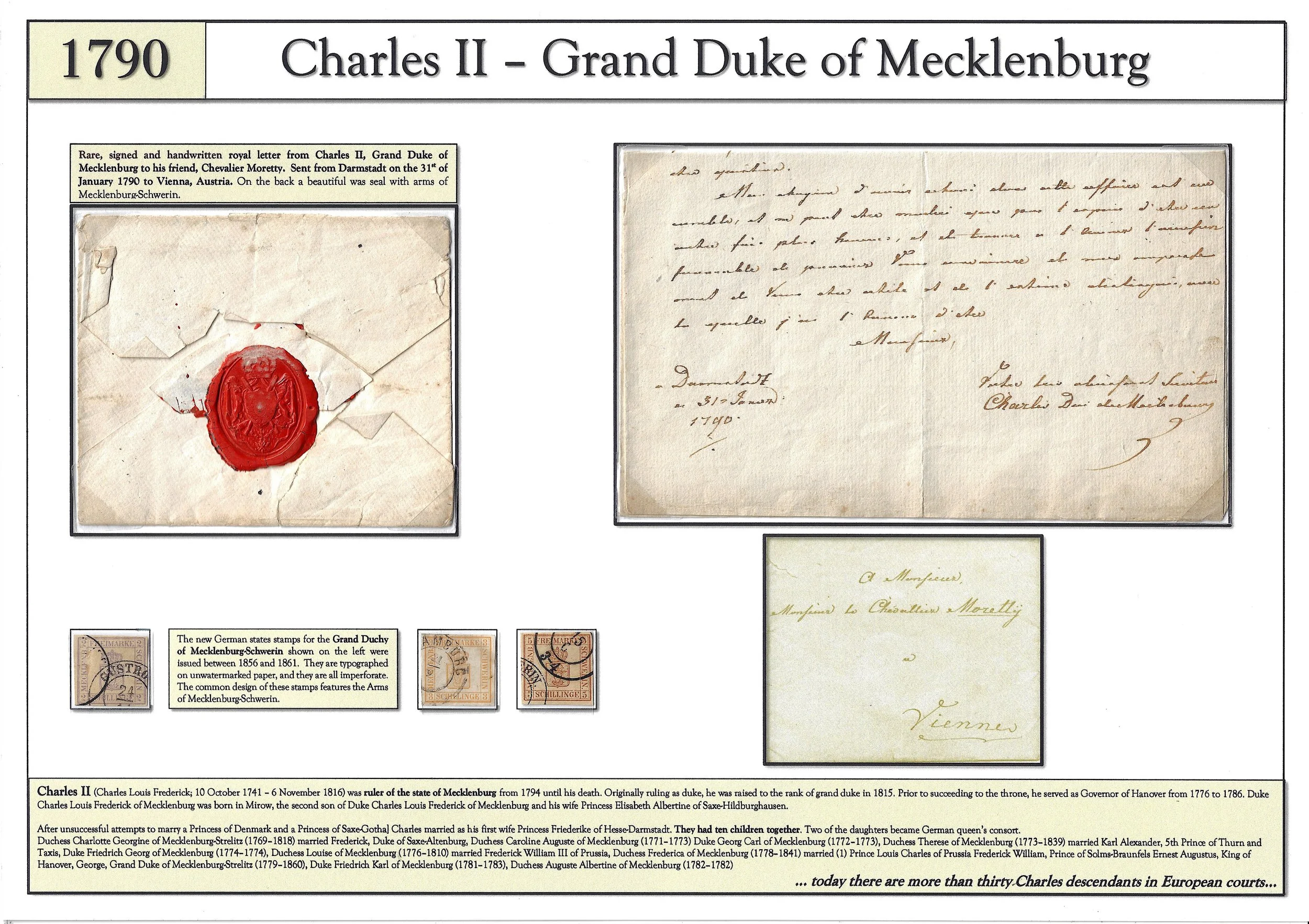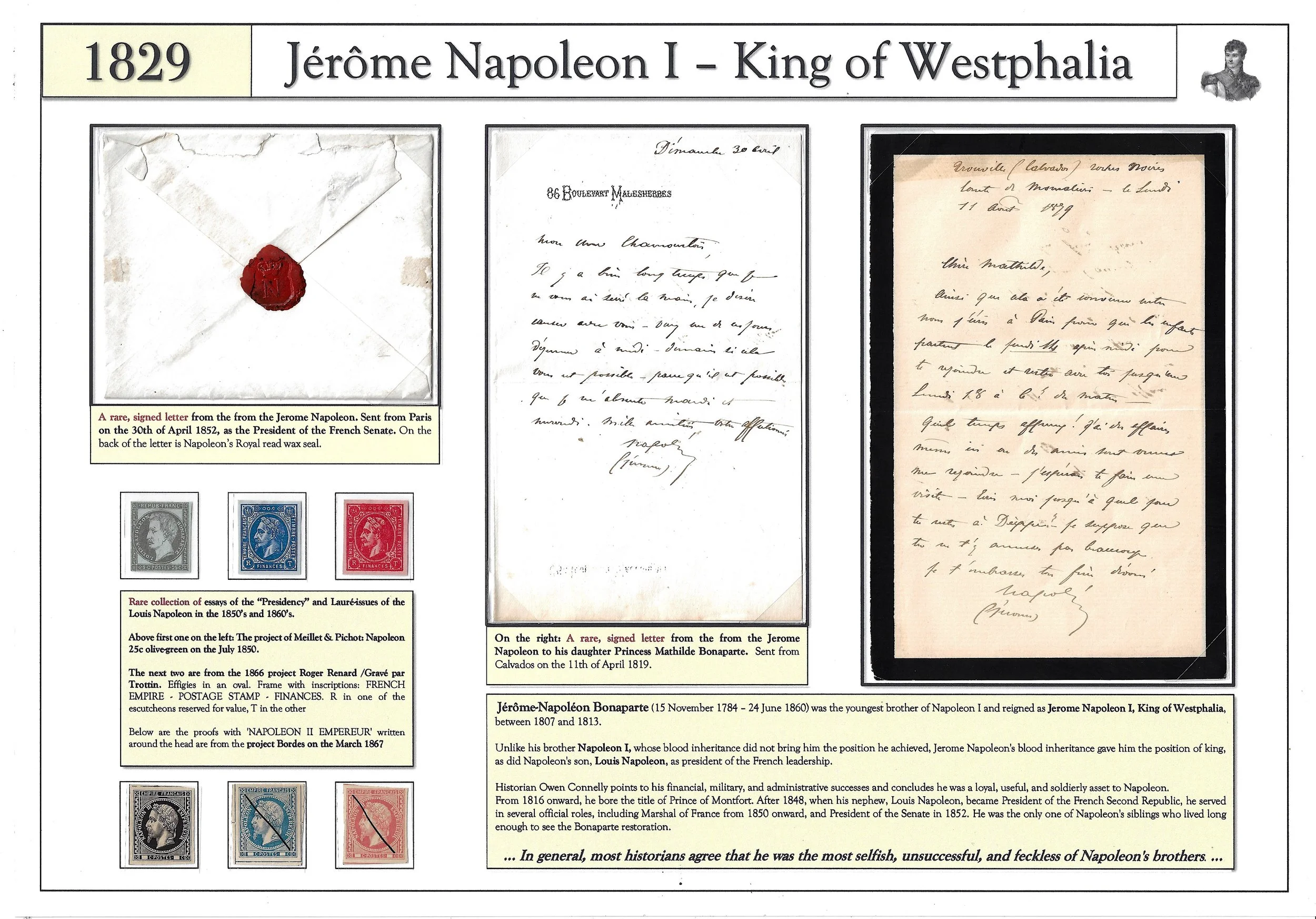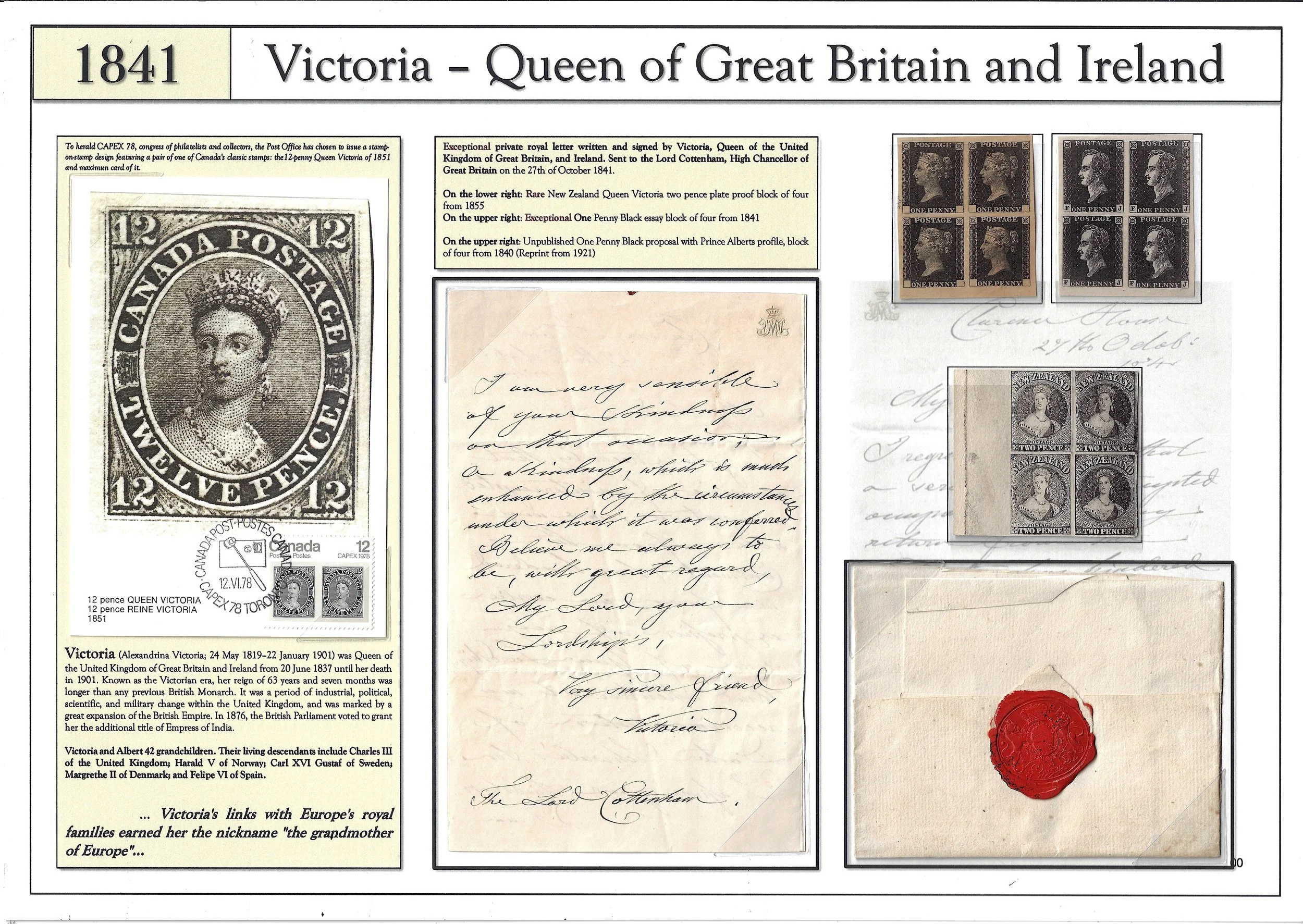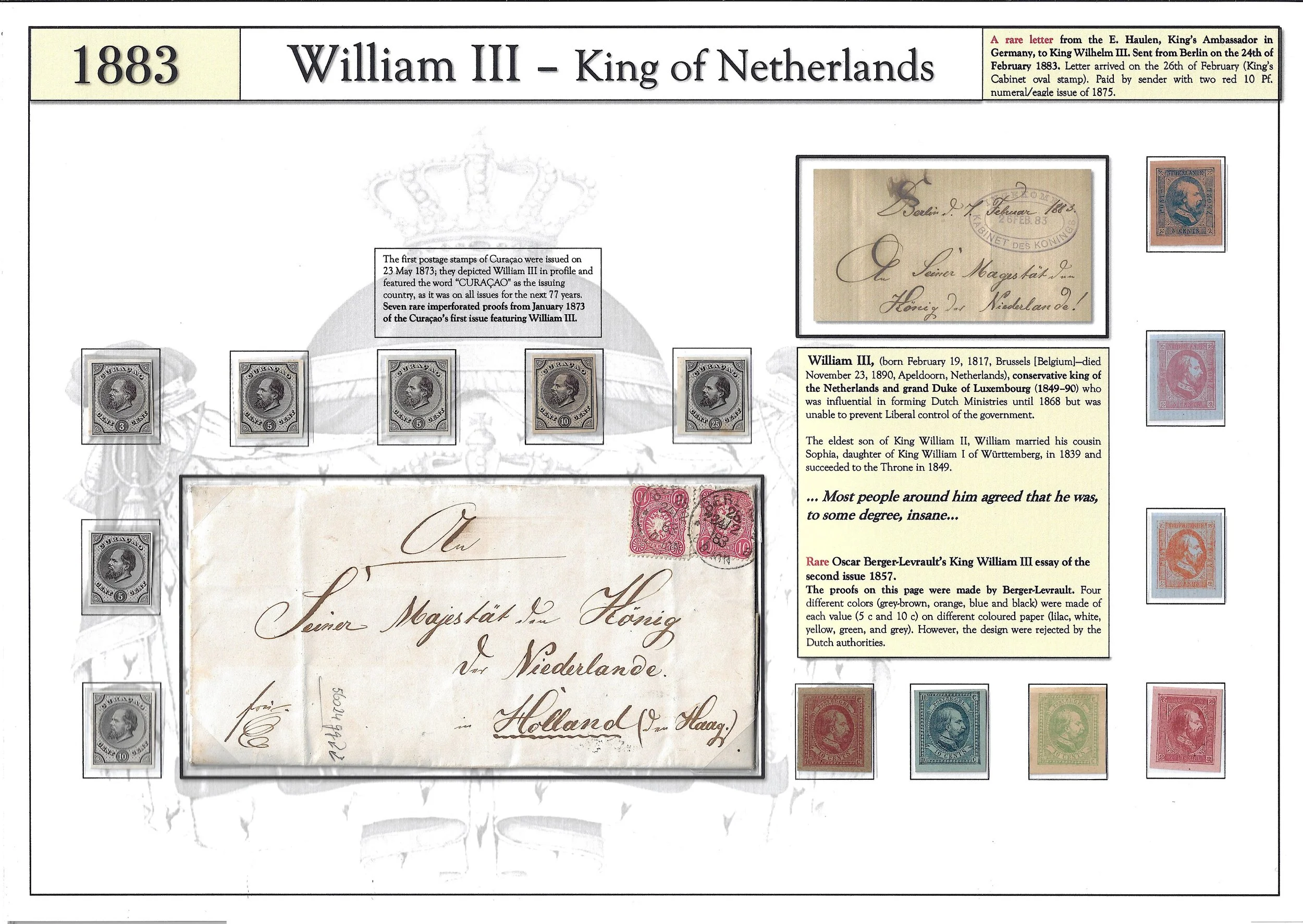POWER aS a lEGACY oF bLOOD
The Architects of the Europe 1400-1900
Introduction
Throughout the period from 1400 to 1900, Europe witnessed a complex web of political alliances, rivalries, and dynastic struggles. One of the most enduring methods of consolidating and perpetuating power during this time was through strategic marital alliances. These unions were not merely about love or companionship; they were a means of ensuring the survival and ascendancy of dynasties. This collection explores how power alliances through marriages secured positions of authority for descendants, creating a legacy of blood that shaped the course of European history.
The Dynastic Chessboard
Europe during this period resembled a chessboard, with kingdoms, principalities, and duchies as pieces maneuvered by ambitious monarchs and noble families. Marriages served as the chess moves, aligning or dismantling power structures. The idea was to forge alliances with powerful families, either domestically or internationally, to secure political stability and expansion.
Royal Intermarriages
Royal families were at the forefront of this strategic marital game. Interdynastic marriages between ruling houses were common, not only to strengthen political bonds but also to create a network of support. For instance, the Habsburgs, one of Europe's most influential dynasties, consistently sought alliances through marriages. The marriage of Maximilian I of Habsburg to Mary of Burgundy in the late 15th century, for example, united vast territories under Habsburg control.
Consolidating Territories
Marriage alliances often resulted in the consolidation of territories. Spain, through the marriage of Ferdinand II of Aragon and Isabella I of Castile, became a powerful unified kingdom in the late 15th century. Similarly, the marriage of Henry VII of England to Elizabeth of York ended the Wars of the Roses, uniting the warring houses of Lancaster and York and establishing the Tudor dynasty.
Blood Inheritance of Thrones
Perhaps the most significant outcome of these power alliances was the blood inheritance of thrones. Dynastic continuity was assured by producing heirs with legitimate claims to multiple territories. These heirs were raised in a web of interconnected royal courts and educated to rule over diverse domains.
Challenges and Intrigues
While these marriages were aimed at securing power, they often came with challenges. Conflicting interests, disputes over inheritance, and the vagaries of childbirth could disrupt even the most carefully laid plans. Marriages were also used as tools of diplomacy, with betrayal and political maneuvering never far behind.
Conclusion
The period from 1400 to 1900 in Europe was marked by a constant struggle for power and supremacy. Marriages, particularly among royal and noble families, were instrumental in shaping the course of history. They ensured the continuity of dynasties and created a legacy of blood that extended power from one generation to the next. While these marriages were not always without challenges, their impact on European politics and the consolidation of power cannot be overstated. The legacy of blood, established through strategic alliances, remains an enduring theme in the history of Europe.
This might be my most beautiful exhibition collection. The subject is naturally very interesting, but unfortunately quite hard to get and most of it is also expensive. However, my goal is to cover over four centuries between 1400-1900. My final target is 8 frames, ie 128 A4 pages (64 A3 exhibition pages) and it will be ready for exhibitions in 2022.
I have acquired quite a lot of materials during the last two years, and today 27.2.2022, I have started to create the exhibition pages. I will add them here one by one until the collection is ready!
The 6-frames collection is now ready for exhibitions (21.8.2022).
On first appearance, It received Large Silver Medal (9.9.2022)
On the second appearance, the 8 frame collection received Large Vermeil (Nordia 2023)

